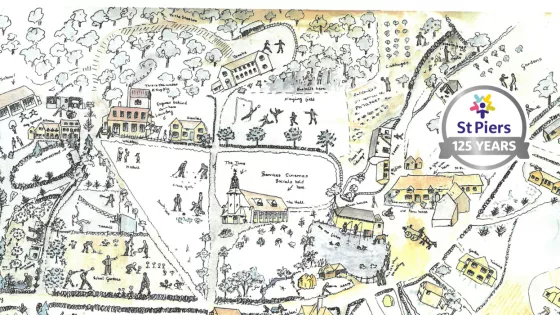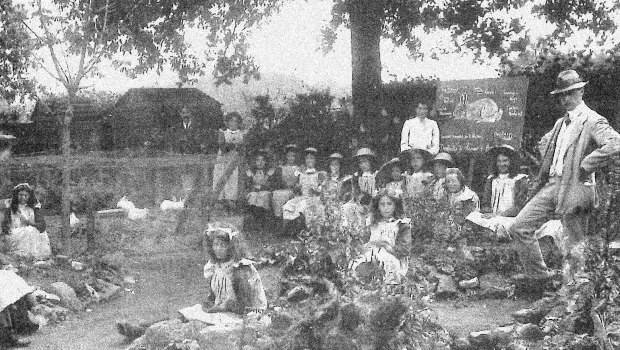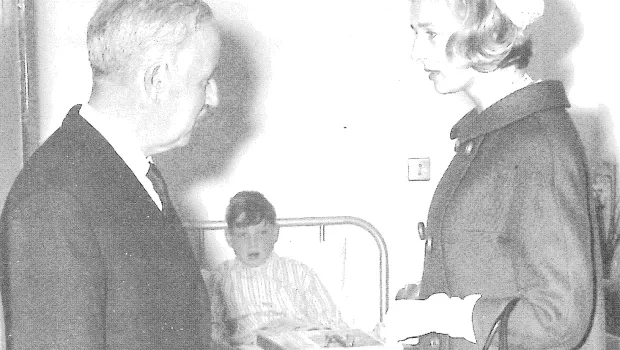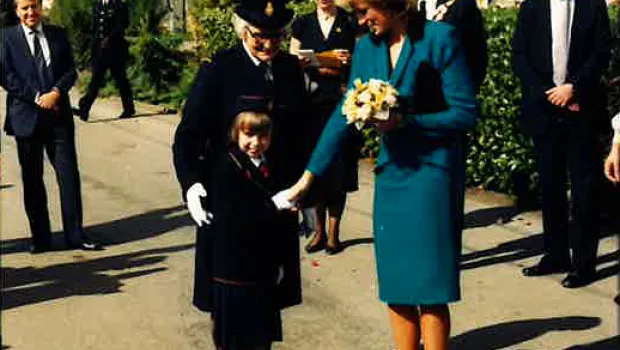Our story
St Piers today
Learning is much more than the classroom. It is a nurturing journey of discovery in which students grow, find their independence, and thrive, now and in the future. St Piers is an innovative and creative school and college for children and young people with special educational needs and disabilities. We believe nothing should stand in the way of a full education, personal development or physical and emotional wellbeing.
To start our story, we need to take you back to 1896
That’s when the Rev. J.F.B. Tinling hears about a community in Germany helping people with epilepsy leading fulfilling, working lives. Inspired, he forms the Christian Union for Social Service (CUSS) – initially to support people with a physical or mental disability to find work.







